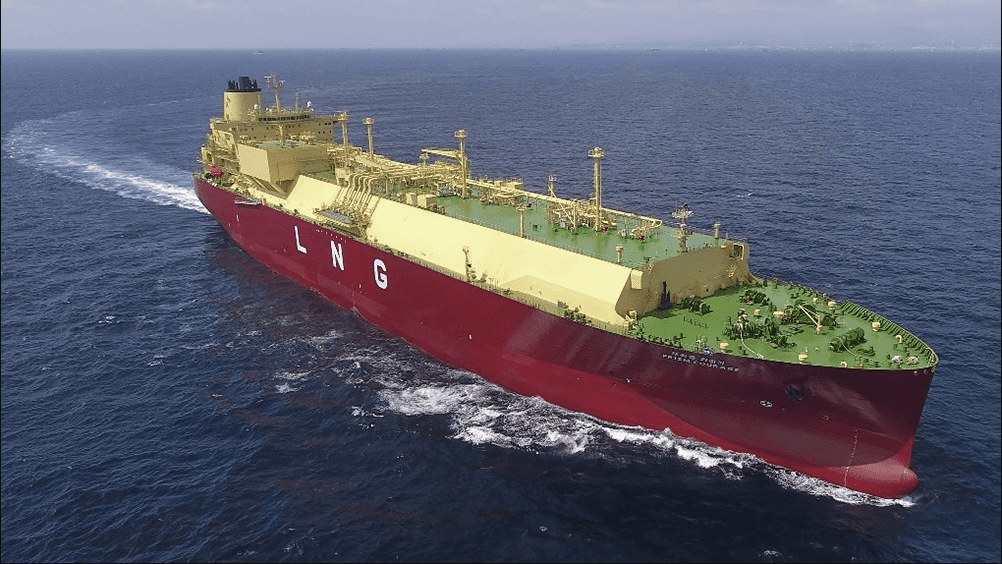Robots are now braving the high seas. A self-steering ship has completed the first transatlantic voyage of a large craft using completely autonomous navigation.

Avikus, a subsidiary company of HD Hyundai — the single largest shipbuilder in the world — recently announced that the 180,000 square-meter, ultra-large vessel Prism Courage has completed a full journey across the Atlantic using its automated navigation systems. The journey totaled around 20,000 kilometers (12,500 miles) and was completed on June 2nd.
Prism Courage set off from the Gulf of Mexico, sailing through the Panama Canal and across the Pacific before calling into port at the Boryeong LNG Terminal, South Korea. All in all, it took 33 days to sail this route. Avikus adds that route optimization increased the craft’s fuel efficiency by roughly 7% and reduced its greenhouse gas emissions by 5% compared to human-crewed ships that run the same route.
The ship acted as the testbed for HD Hyundai’s second generation of automated ship systems, with the first one having been previously tested on a 12-seater cruise ship in South Korea
Automate the First Mate
“It is meaningful that we have successfully tested the Level 2 system to operate a vessel beyond the Level 1 technology providing optimal routes,” said Avikus CEO Do-hyeong Lim. “We will lead innovation by upgrading autonomous navigation solutions not only for large merchant ships but also for small leisure boats.”
The ship’s AI captain, christened HiNAS 2.0, was tasked with maintaining the planned navigation route, autonomously changing direction if needed, as well as keeping track of nearby ships, and avoiding any potential collisions with other ships. It successfully avoided around 100 such events during the journey. Furthermore, HiNAS 2.0 kept tabs on the weather and changing wave heights to ensure the ship’s safety.
Although the ship’s AI did take some of the workload off of the crew, the ship was, nevertheless, crewed by flesh-and-blood sailors, as well. These took over the task of sailing the ship into port, where the tasks of docking and navigating the very hectic waterways close to these docks would have been too risky for the automated systems in their current form. Furthermore, crafts are required by international law to have a human lookout on duty at all times while they are underway, no matter how far they are from shore. This is meant to ensure that all vessels are able to communicate with those around them by voice as needed, and as an extra precaution against items that do not show up on radar, such as fishing gear.
Experience from this journey will, nevertheless, help upgrade the AI captain and polish its skills.
Avikus plans to have HiNAS 2.0 commercially available by the end of the year. Even if it will not take on full captain duties immediately, such a system will still be useful to have in case of crew shortages and as an auxiliary system to help improve safety and reduce the environmental impact of open-sea ships.
Leisure crafts could receive similar systems sometime in the future, which could mean that such ships might soon not require someone at the helm — leading to a massive reduction in operating costs.
So far, however, the system can only provide Level 2 autonomy, which is regarded as partial automation. There are three more levels to go for it to attain full autonomy.



